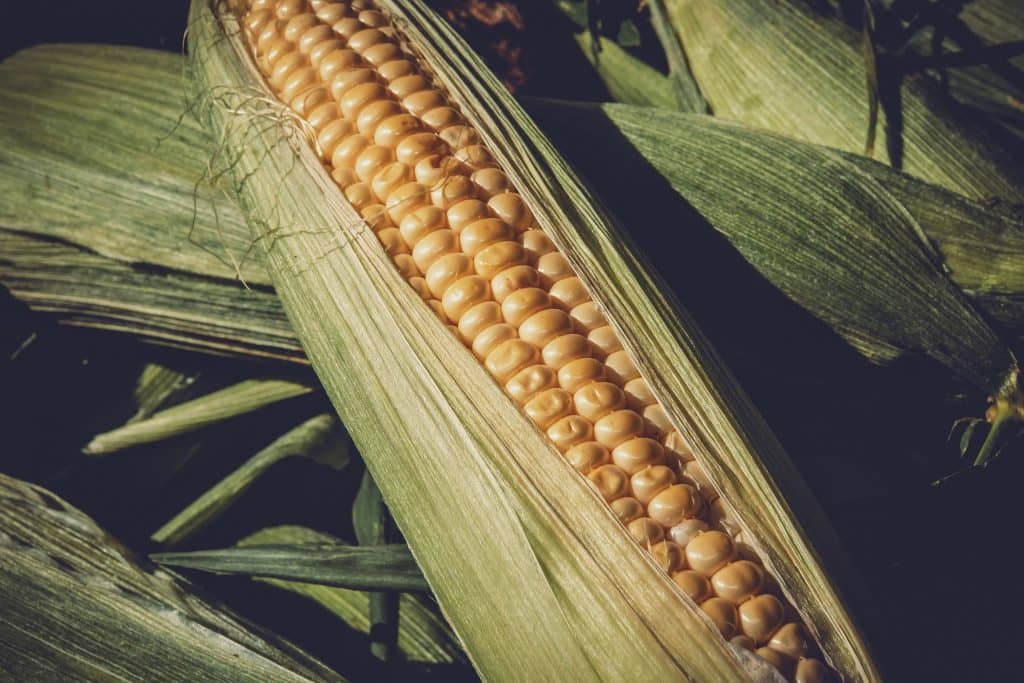Porto Alegre, April 26, 2021 – Prices surprisingly surged on the CBOT last week. There was no new indicator for such a boost in the prices of corn, soybeans and wheat in the period, except for the expiration of options of the May contract.
The market tried to use the climatic condition in the US Midwest as a major factor for the rise. In fact, this is what the market wanted to use as justification, which is not necessarily an indicator of price highs and support. Corn planting rarely occurs in the third week of April in the Midwest. Therefore, the climate of intense and late cold last week has no influence on planting, which seasonally begins in the last week of April and ends on May 30.
This demonstrates the degree of concern and market tension about this US crop. First, the market tried to find an area to be planted in the United States that does not exist in practice, without cutting the area of other crops. Now, it wants a premature planting to focus on high potential productivity. Well, it is not possible to plant corn very early in the normal window from April 25 to May 30.
However, other indicators weighed on last week’s upward movement and which may not have been clearly specified by the market, such as:
– The constant communication from China that it will use more wheat and rice in the composition of feedstuff, to the detriment of corn, has created a positive environment for wheat. With each attempt to curb the high in corn, China supports wheat and, consequently, sends corn higher;
– Russia and Ukraine may have a new political conflict, perhaps a military one. The region’s wheat crop has performed very well. However, the conflict may affect trade flow in the Black Sea and consequently cause global problems for the wheat supply flow. Wheat started to work above USD 7.00/bushel on the CBOT and was one of the supports for corn prices last week;
– Argentina is trying to contain its domestic inflation by holding back exports. The Argentine market is very afraid of measures against the local export market and agribusiness. A new resolution with strong measures on exporters is a sign that the restrictions may be more serious, including the increase in export taxes, today at 12% for corn;
– So, we have Ukraine with risks of containing sales and Argentina with the government using agribusiness exports to offset its fiscal irresponsibility and inflation. Two risks to global supply. Moreover, Brazil’s corn second crop is forecast to have losses. Brazil exports 30/35 million tons per year. If Brazil fails to ship 10/15 million tons, the other exporters will have to make up for that deficiency, either with corn or wheat.
Thus, we have a set of factors influencing wheat, with effects on corn, and information about corn with direct effects on prices. However, certainly, the information that has less consistency at this moment is that the US planting is performing badly and the window will be lost. In fact, the situation is exactly the opposite with the climate situation for the next two weeks.
Prices on the CBOT reached USD 6.50/bushel in a tense week with the expiration of options. If the planting proceeds normally from next week and in May without additional risk, it seems that it will be more difficult for the market to maintain such high levels for the new US crop. We must understand that there is plenty of global liquidity, and the markets are hungry for news that generates volatility.
As we have mentioned in our newsletters, besides other indicators, the USDA’s report on next May 10 is important for the observation of global stocks and prices for 2021/22. At this point, the USDA’s Beijing attaché set the tone for the May report. The USDA’s China office pointed out that the country will import 28 million tons this year, which will require a correction in the supply and demand report on the 10th, currently at 24 million tons. This could lead to a cut of up to 4 million tons in the stocks of the current US business year, which is bullish for the contracts up to September. However, the attaché put the forecast for imports from China at only 15 million tons for 2021/22. This projection could influence USDA to maintain a lower US export forecast for 2021/22 and make it ‘find’ higher stocks for the next business year. This could hold back price expectations, at least in the short term, for the next cycle.
Agência SAFRAS Latam
Copyright 2021 – Grupo CMA

